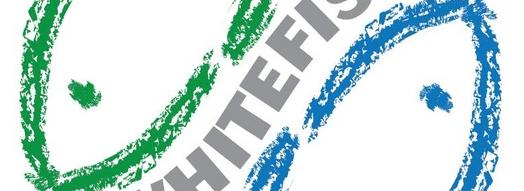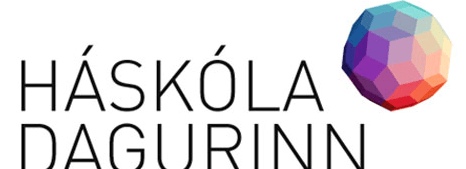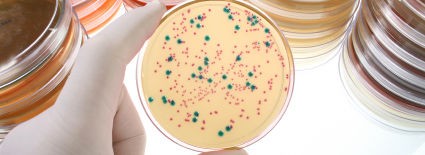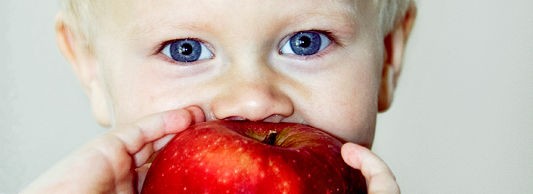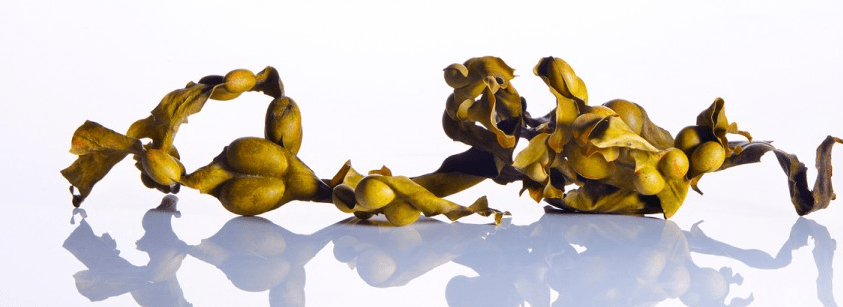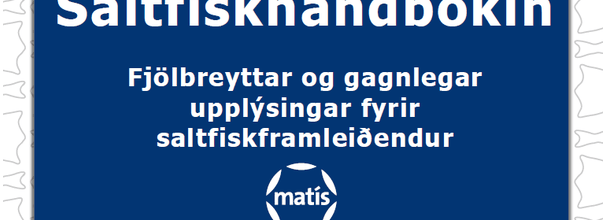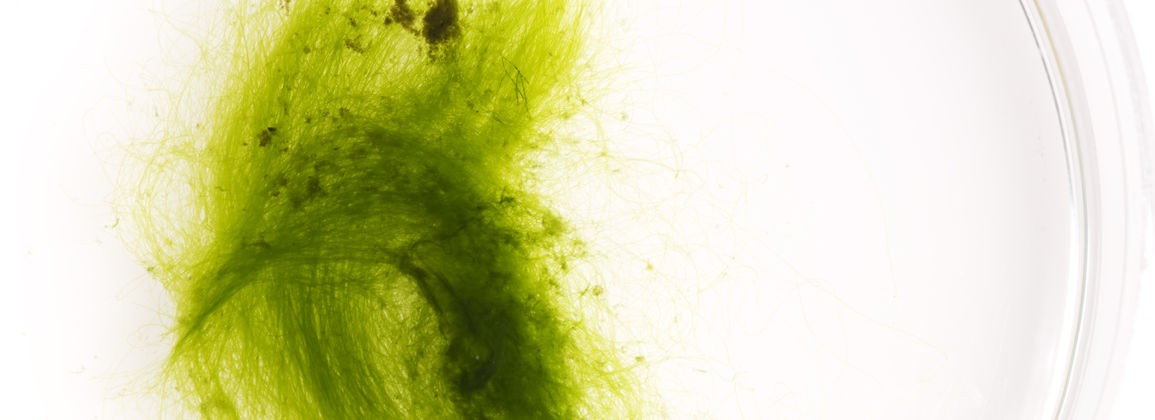Is whitefish, such as cod and haddock, from the North Atlantic better food than cheap competitive raw materials from Asia and Africa? Is the environmental impact of fishing for cod and haddock less than that of competing products?
These questions and many others are tried to answer in the Whitefish project led by Icelanders, but other participants are from Norway, Sweden, the UK and the Netherlands, for example. On Wednesday 13 March, Matís ohf. at Vínlandsleið 12 in Reykjavík, an open workshop in the project.
"Based on the experience gained regarding the eco-labeling of marine products, information such as this is most important for wholesalers and retailers of the product. Few consumers make an effort to immerse themselves in these aspects, but they trust that the person who sells them seafood is offering a product that has an acceptable environmental impact. Large retail chains have their own criteria in this regard, and with the WhiteFish project we are taking a step even further than is done with "traditional" eco-labels and calculating the environmental impact for the entire value chain of the products ", says Jónas Rúnar Viðarsson, Matís's specialist manager.
"In recent months, wild fish from the North Atlantic have faced increased competition in markets from cheap farmed fish from Asia and Africa, such as pangasius and tilapia. With the WhiteFish project, we hope to be able to show that our fish have less environmental impact than this competitive product, after all. "
There is a lot at stake, as there is fierce competition in this market, and it is important to work hard to ensure that we deliver to potential buyers that it is more than the price that matters when there is fish on the one hand.
For further information Jónas R. Viðarsson.

